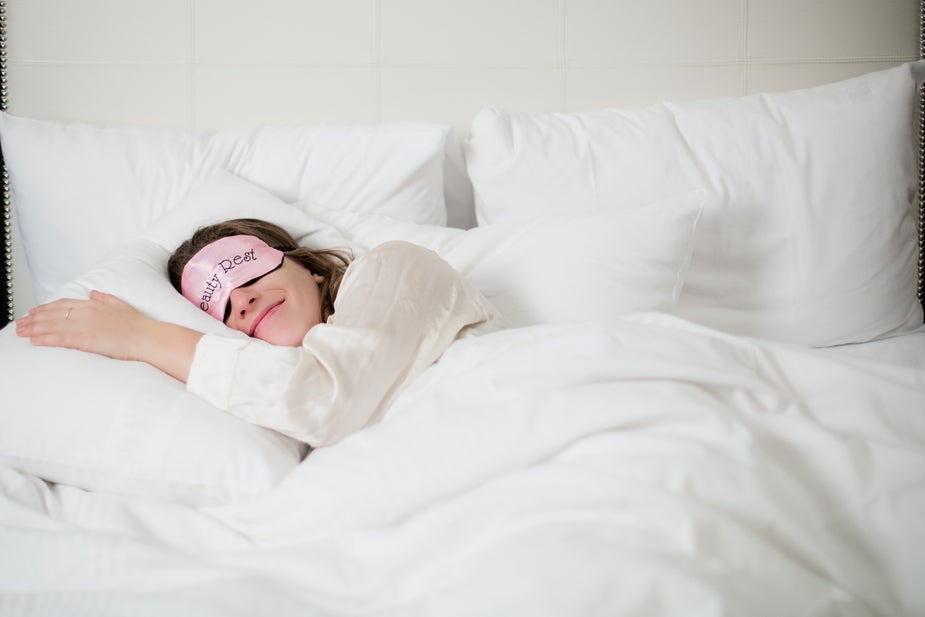How to sleep with good posture
Have you ever awoken with neck or back pain from a lack of sleep? It’s possible you didn’t maintain proper good posture while sleeping, rather than incorrectly. Poor posture can cause sleep disruption, increased tension, and poor circulation.
Back, neck, and shoulder pain may result from this the next morning. Unfortunately, this pain can last all day and may even lead to chronic pain in the future. So, how to sleep with good posture?
How Does Sleep Affect Posture?
Good posture includes how we sit and stand and how we relax and sleep. Poor sleeping posture can cause back pain and muscle strain. Stress, weak postural muscles, Inflexible muscles, Pregnancy, Obesity, Tight muscles, and Wearing high-heeled shoes can all contribute to poor posture.
Maintaining spinal alignment that is conducive to the natural curvature of the lower back while sleeping or resting is critical. The spine has an S-shaped natural curve, and supporting the body along this curve is vital.

This prevents additional pressure on the lower back or the development of kinks. So, how do we keep our bodies under control while we sleep? It’s a valid point, particularly for those who sleep deeply.
While you may drift off to sleep and lose control of your posture throughout the night, you can take specific actions to ensure good posture while sleeping.
What is the Best Posture Sleeping Position?
Though there is no single best sleeping position for everyone, some are healthier than others. The best sleeping position is on your back. Try lying on your back with a cushion or a pillow beneath your knees while falling asleep. This positions your body to support your spine even if your bed isn’t shaped to your back’s curve. If sleeping on your back is impossible, try sleeping on your side with your knees bent. To keep your hips aligned, you can place a pillow between your knees.
Think about aligning your ears, shoulders, and hips on one flat plane to keep your body straight in either of these sleeping positions. Any twisting that causes your ears, shoulders, or hips to move out of alignment with the other two puts strain on your spine. Even when getting into bed, repositioning to get comfortable, or getting out of bed in the morning, keep these three points in the line. You will better support your posture needs if you focus on moving the trunk of your body as one unit rather than twisting.
Ultimately, you’ll want to sleep on your side or back with your spine straight. Each option is a healthy sleeping position that gently supports the spine’s natural curvature.
A new sleeping posture requires some getting used to, but it is doable. Use pillows and treat yourself with kindness to help your body adapt to the new position.
Avoiding Sleeping Postures
It is best not to sleep on your stomach because it can cause lower back tension. Sleeping on your stomach emphasizes putting strain on all the “s-curve” parts that require support. The weight of a pillow under your head adds pressure to your neck and spine. This is frequently the source of morning neck aches.
A sleep study, however, discovered that 17% of people prefer sleeping on their stomachs. If this describes you, place a pillow under your waist to support your spine. While this additional support may take some time, it will benefit your body in the long run.
Avoid lying on your stomach when you sleep, as this can put undue strain on the spine. Keep your knees slightly bent but not drawn up toward your chest when lying on your side. Bring your knees forward and keep the bend lower than hip level.
3 Tips for Better Posture While Sleeping
Keep head pillows to a minimum
Good posture is usually achieved by sleeping on your back with only one pillow under your head. Too many pillows cause your neck to curve, causing pain and strain on your shoulders. Maintain as flat as you can when sleeping on your back. Try putting a pillow under your knees to ease lower back pain.
Avoid sleeping on your stomach
It is common for a chiropractor to see patients sleeping on their stomachs regularly. This sleeping position forces the neck in awkward positions, frequently resulting in spine twisting. As a result, if you sleep this way regularly, you may experience pain in your upper back and neck. Simple corrective exercises and better sleeping posture can help ease the pain.
Get the side sleeping right
Many prefer to sleep on their sides, but maintaining good posture can be difficult. Anyone with broad shoulders, for example, will struggle to keep their neck straight with just one pillow. When the neck angles toward the bed, the spine is pulled along with it, which can cause upper and lower back pain. Maintain as much straight as possible; pillows can use for support to achieve the proper sleeping posture.
Wrap up
So, how do you figure out how to sleep with good posture? There is no one-size-fits-all solution, so try a few original positions until you find one that is both comfortable and leaves you feeling well-rested (and pain-free) when you wake up.
Use a mattress if you want to change your sleeping position. A mattress should support the spine’s natural curve and keep it in proper alignment. After an entire night’s sleep, your mattress should also be comfortable and leave you feeling rested and refreshed. When combined with good sleep habits, the correct position can improve the quality of your sleep, help you remain focused throughout the day, and improve your overall health and well-being.










